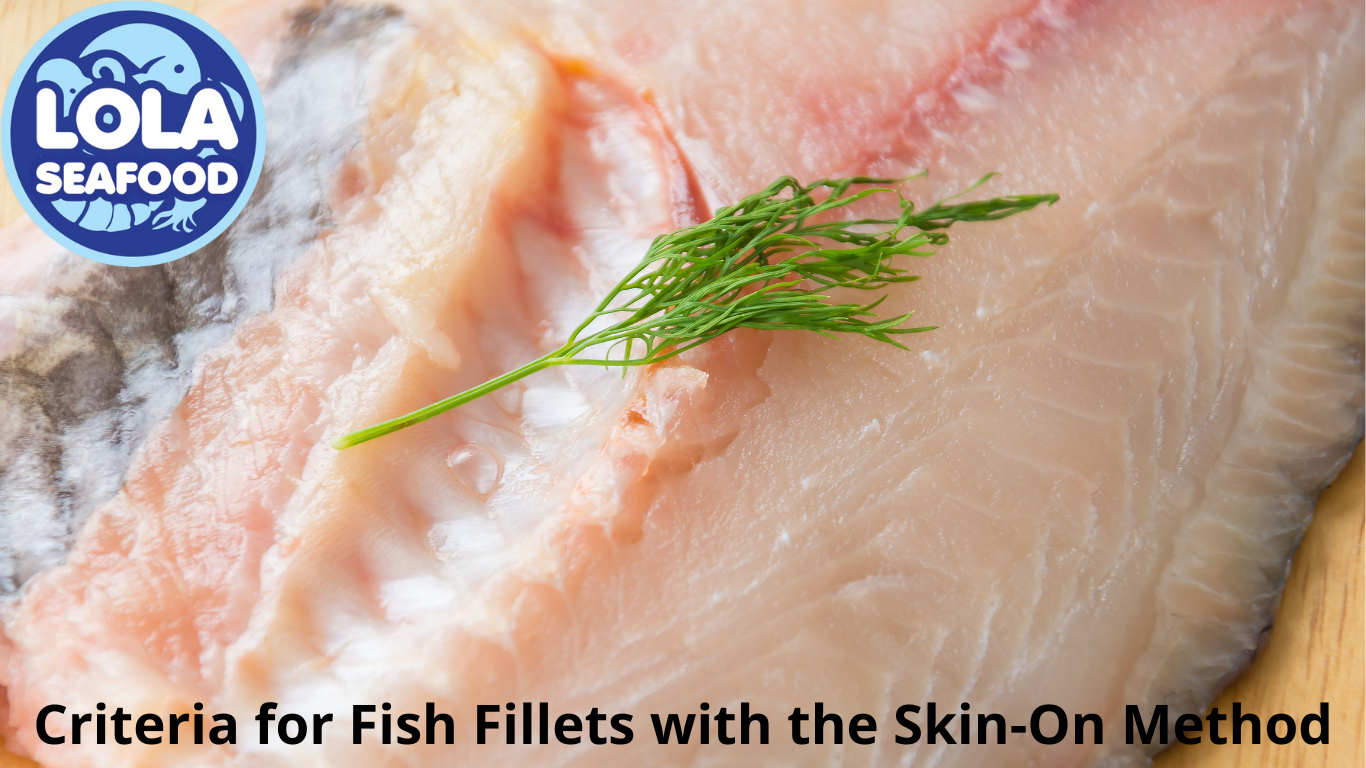Criteria for Fish Fillets with the Skin-On Method
By. Najih - 21 Oct 2024
The Skin-On Fillet Method refers to a technique of preparing fish fillets where the skin is left intact and not removed. This method is also known as "skin-on" or "scaled-on" filleting. The skin is typically left on the fillet to provide several benefits. When it comes to selecting fish fillets with the skin on, there are certain criteria to consider to ensure you get the best quality fillets. Here are some key factors to look for:
Freshness
- Fresh fish should have a mild smell, not a strong fishy odour.
- The skin should be shiny and firm, not dull or soft.
- The eyes should be clear and not sunken.
Skin Quality
- The skin should be intact, with no tears or cuts.
- The skin should be tightly adhered to the flesh, with no loose or flappy areas.
- The skin should be free of blemishes, such as bruises or blood spots.
Flesh Quality
- The flesh should be firm and resilient, not soft or mushy.
- The flesh should be free of blemishes, such as bloodlines or dark spots.
- The flesh should have a good texture, with no signs of spoilage or damage.
Size and Thickness
- The fillets should be of uniform size and thickness, to ensure even cooking.
- The thickness should be suitable for the intended cooking method, such as grilling, baking, or pan-frying.
Species and Seasonality
- Consider the species of fish and its seasonal availability.
- Some species, such as salmon, are more suitable for skin-on fillets than others, such as cod.
Handling and Storage
- The fillets should be handled and stored properly to prevent damage and spoilage.
- The fillets should be kept refrigerated at a temperature below 40°F (4°C) and consumed within a few days of purchase.
The Skin On Fillet Method is commonly used for various types of fish, including salmon, sea bass, and snapper, and is often preferred by chefs and home cooks for its ease of preparation and delicious results. By considering these criteria, you can select high-quality fish fillets with the skin on that will result in a delicious and satisfying meal.








